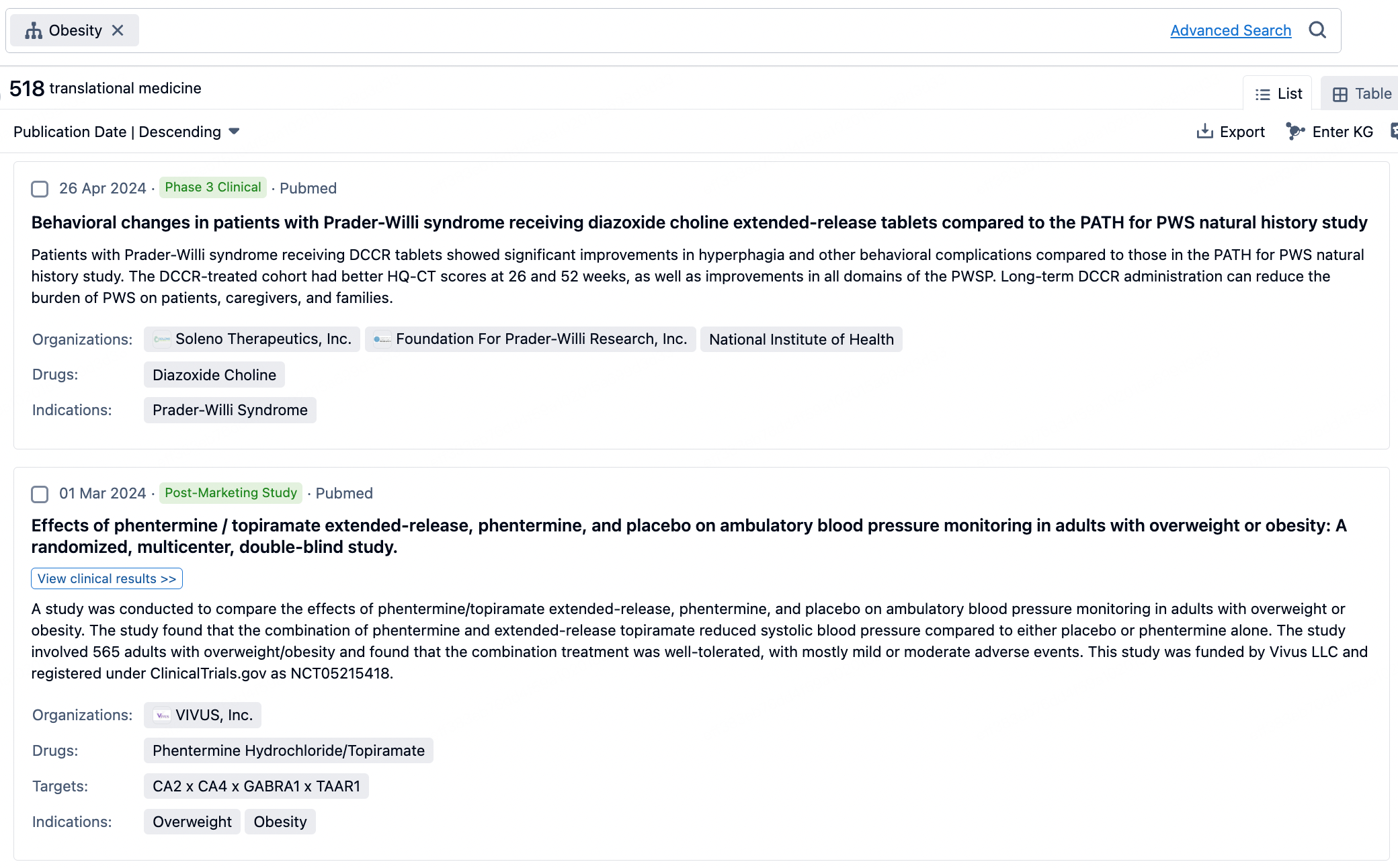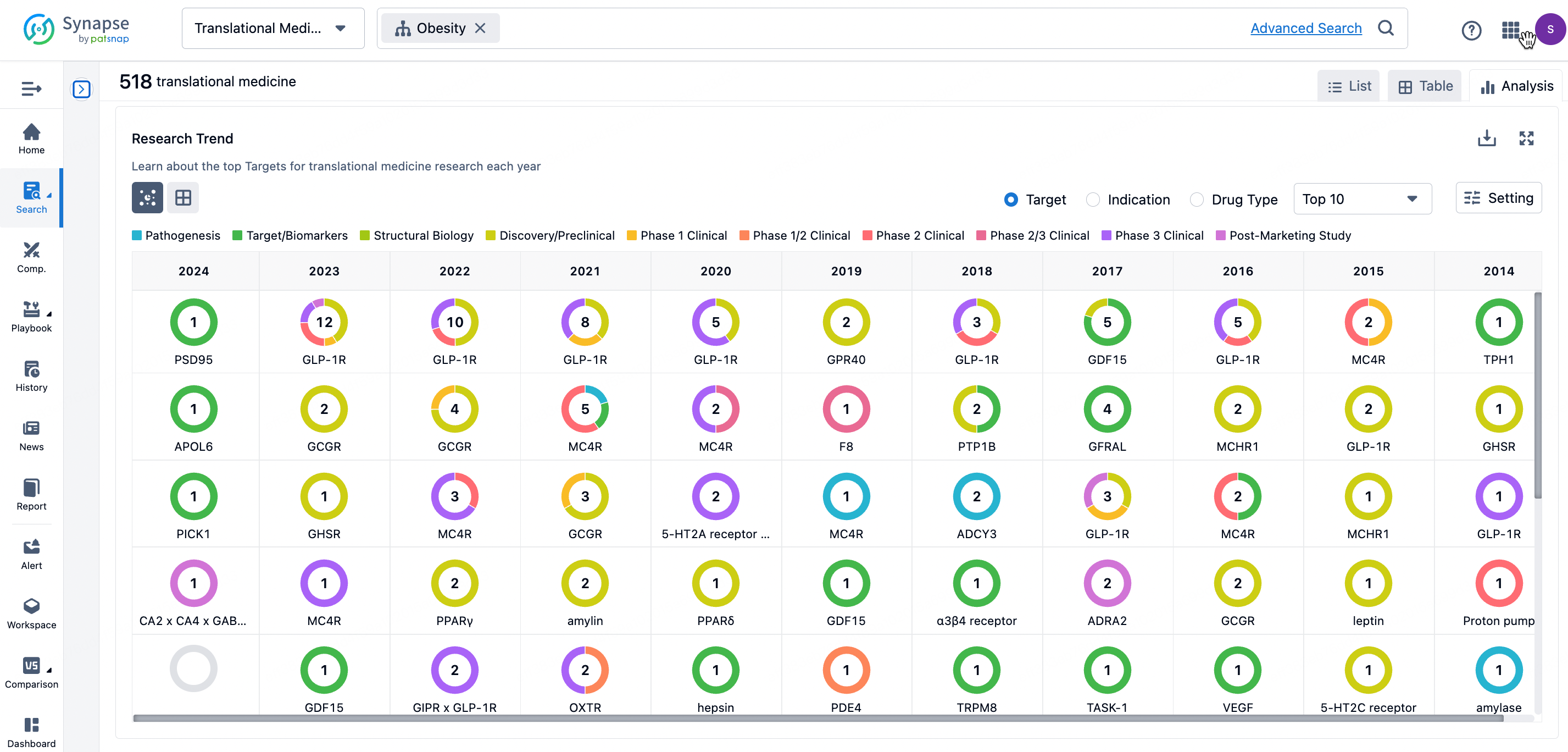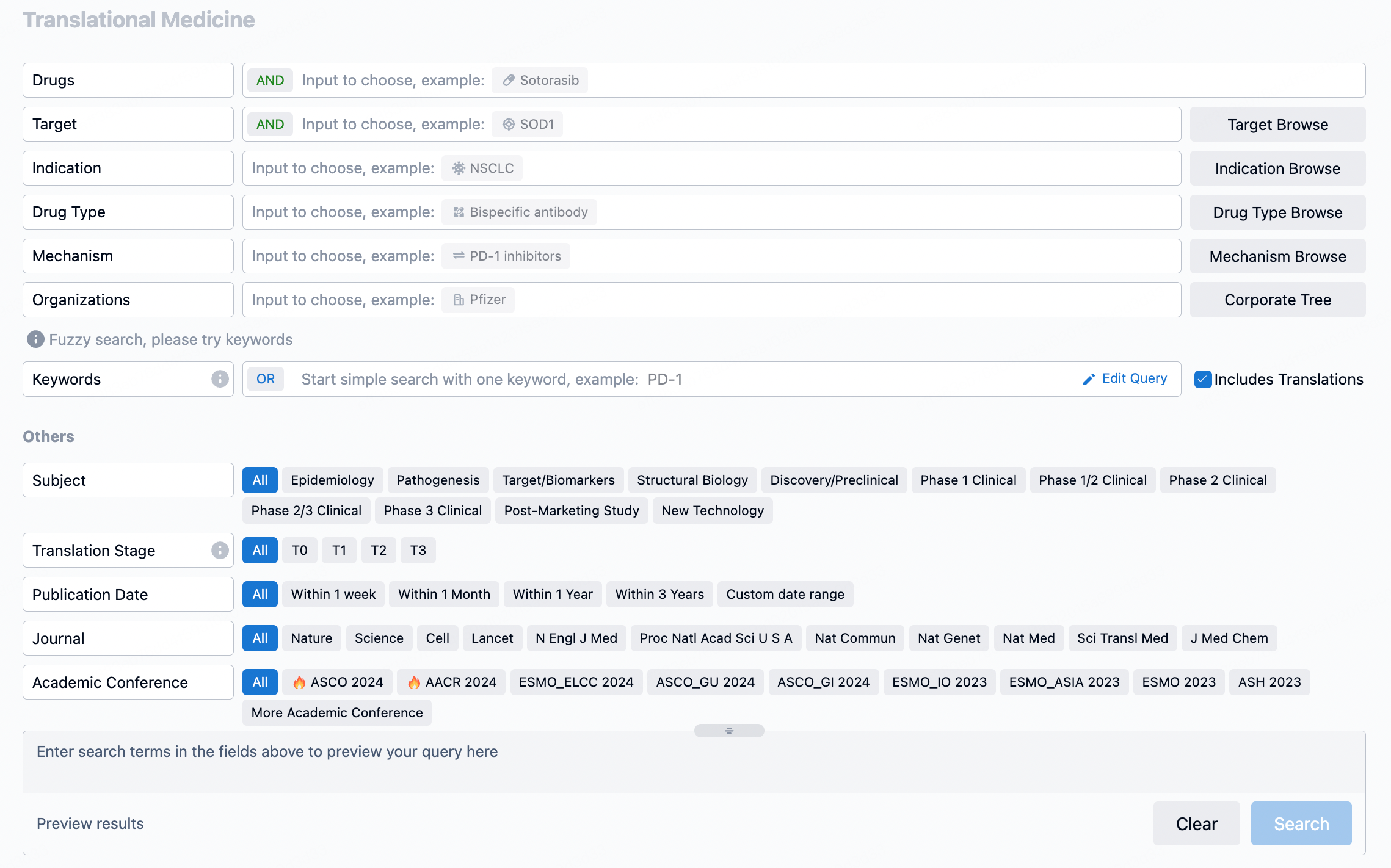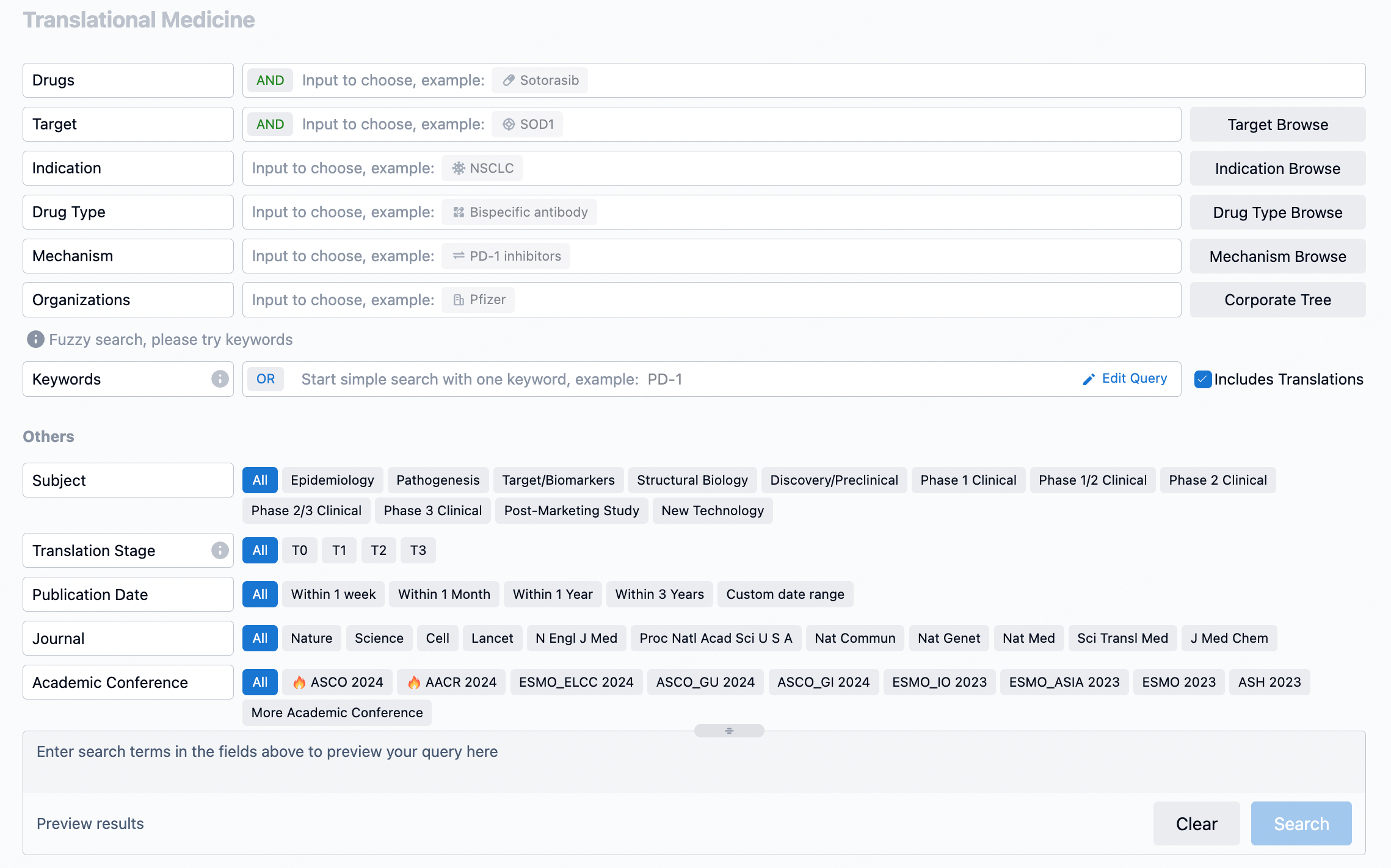Targeting Nucleolin with SJP1604: A New Era in Aptamer-Drug Conjugate Therapy for Acute Myeloid Leukemia
A new approach has been developed using synthetic DNA aptamers, which are oligonucleotides capable of binding to specific target molecules with high precision. A DNA aptamer-nucleoside drug conjugate named SJP1604 has been engineered to target nucleolin, a protein predominantly found on the surface of cancer cells, with AML and ALL cells showing particularly high levels of this protein.
SJP1604 has been shown to enter cancer cells efficiently due to its unique structure and high targeting specificity, coupled with its stability in plasma, which lasts up to 48 hours in human plasma tests. The study demonstrated that SJP1604 selectively bound to cancer cells via nucleolin on the cell membrane and displayed a prolonged plasma stability compared to typical aptamers.
In addition to inhibiting the growth of various human AML/MDS cell lines, SJP1604 was also effective against drug-resistant cell lines. Notably, SJP1604 displayed a significant reduction in IC50 values with decreasing nucleolin expression levels in drug-resistant cell lines, unlike cytarabine, which had no effect. When administered intravenously at a dosage of 150 mg/kg in a xenograft mouse model using MOLM-13 cells, SJP1604 resulted in tumor shrinkage and an increased survival rate.
The study concludes that SJP1604 has the potential to be a groundbreaking drug for targeted therapy in AML/MDS, offering reduced toxicity and a solution to drug resistance through the use of aptamer-drug conjugation technology. The findings were presented at the American Association for Cancer Research Annual Meeting in 2018.
How to Use Synapse Database to Search and Analyze Translational Medicine Data?
The transational medicine section of the Synapse database supports searches based on fields such as drug, target, and indication, covering the T0-T3 stages of translation. Additionally, it offers a historical conference search function as well as filtering options, view modes, translation services, and highlights summaries, providing you with a unique search experience.
Taking obesity as an example, select "obesity" under the indication category and click search to enter the Translational Medicine results list page. By clicking on the title, you can directly navigate to the original page.

By clicking the analysis button, you can observe that GLP-1R treatment for obesity has gained significant attention over the past three years, with preclinical research still ongoing in 2023. Additionally, there are emerging potential targets, such as GDF15, among others.

Click on the image below to go directly to the Translational Medicine search interface.

